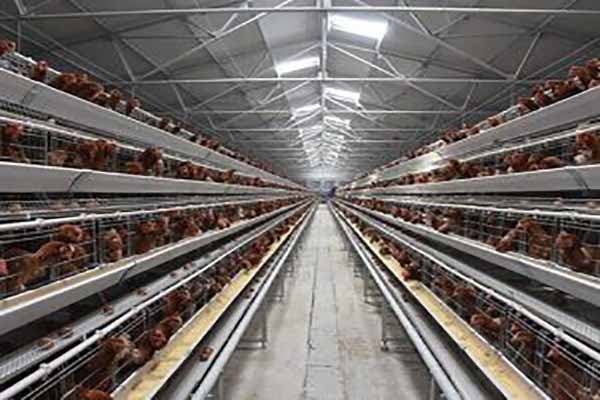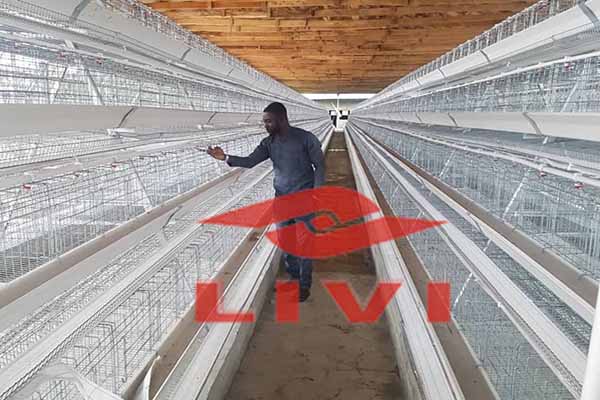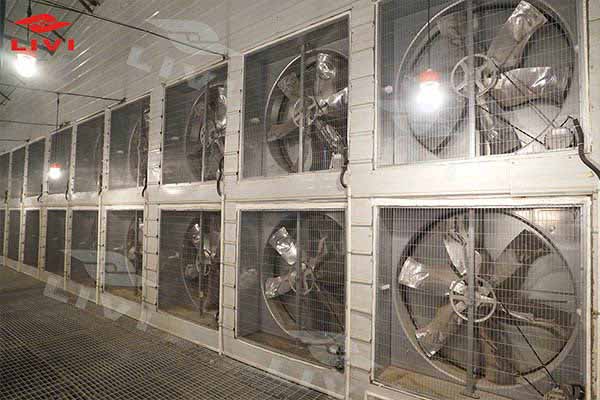Uganda Chicken Farm Automation Management Plan: A Comprehensive Guide
Time : 2025-07-03
In recent years, the poultry industry in Uganda has experienced significant growth. To stay competitive and efficient, chicken farmers are increasingly turning to automation. This article provides a comprehensive guide to creating an automation management plan for a chicken farm in Uganda, incorporating the latest in poultry equipment and management practices.
Introduction to Chicken Farm Automation
Automation in poultry farming involves the use of technology to streamline operations, reduce labor costs, and improve the overall quality of the final product. This guide will outline the key components of an automation management plan, including equipment selection, system integration, and ongoing maintenance.
1. Assessing the Farm’s Needs
The first step in developing an automation management plan is to assess the specific needs of the chicken farm. This includes evaluating the current infrastructure, production capacity, and the scale of operations.
Key factors to consider:

- Flock size and type
- Farm layout and building design
- Existing technology and systems
- Production goals and growth plans
2. Selecting the Right Automation Equipment
The next step is to select the appropriate automation equipment for the farm. This equipment should be chosen based on the farm’s specific requirements and should be designed to enhance efficiency and productivity.
Some key equipment considerations:
- Feeding Systems: Automatic feeding systems can reduce labor costs and ensure that the chickens receive a balanced diet.
- Climate Control: Automated systems for temperature and humidity control can create optimal growing conditions for the chickens, leading to better health and productivity.
- Watering Systems: Automated watering systems can ensure that chickens have constant access to fresh water, which is crucial for their health.
- Lighting Systems: Automated lighting can simulate natural day-night cycles, promoting egg production and growth rates.
- Health Monitoring: Implementing sensors and cameras for real-time health monitoring can help detect issues early and reduce the risk of disease outbreaks.
3. System Integration
Once the equipment is selected, the next step is to integrate these systems into a cohesive automation management plan. This involves:
- Network Infrastructure: Establishing a reliable network infrastructure to connect all automation systems.
- Control Software: Implementing control software that allows for centralized monitoring and management of the farm’s automation systems.
- Data Analytics: Utilizing data analytics tools to track performance and identify areas for improvement.
4. Training and Human Resources
Successful implementation of an automation management plan requires trained personnel. Farmers and their staff should be trained on how to operate and maintain the new systems. This includes:
- Operational Training: Providing hands-on training for using the automation equipment.
- Maintenance Training: Teaching staff how to perform routine maintenance and troubleshoot common issues.
- Technical Support: Establishing a support system for ongoing technical assistance.
5. Monitoring and Evaluation
After the automation system is up and running, it is crucial to continuously monitor its performance. Regular evaluation  helps to identify any inefficiencies or issues that need to be addressed.
helps to identify any inefficiencies or issues that need to be addressed.
Key metrics to monitor:
- Flock health and growth rates
- Energy consumption
- Productivity and yield
- Cost savings and ROI
6. Sustainability and Future-Proofing
As technology evolves, it is important to future-proof the automation management plan. This involves:

- Upgrading Equipment: Periodically reviewing and upgrading equipment to take advantage of the latest innovations.
- Adapting to New Technologies: Staying informed about new technologies and incorporating them into the farm’s automation plan as needed.
- Sustainability: Considering the environmental impact of automation and implementing practices that minimize waste and resource consumption.
Conclusion
Creating an automation management plan for a chicken farm in Uganda is a strategic move towards modernizing the poultry industry. By carefully assessing the farm’s needs, selecting the right equipment, integrating systems, and training personnel, farmers can improve efficiency, reduce costs, and enhance the overall quality of their products. With continuous monitoring and evaluation, the automation management plan can evolve to meet the ever-changing demands of the market.











